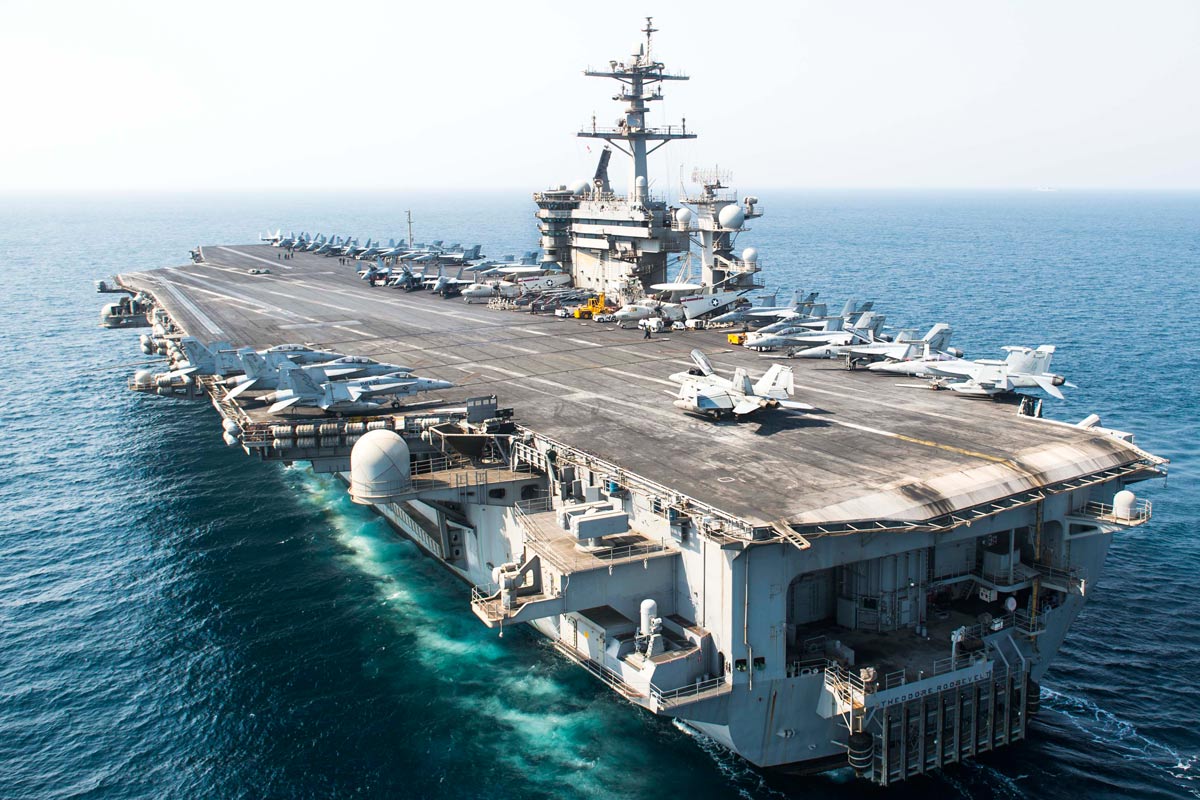Aircraft Carrier Chain Locker - All seagoing merchant ships undergo periodic maintenance and checks to comply with the set conventional requirement set under SOLAS, MARPOL, MLC, Loadline etc. The main aim of any maintenance activity on ship is to ensure its efficient operation, compliance, reduce risks and full operational safety.
Deficiencies when observed are corrected before it can grow into […] If assigned to a carrier or other vessel with embarked aircraft, it is important to familiarize yourself with their organization. It mirrors to a large extent, the ship's organizational structure.
Aircraft Carrier Chain Locker
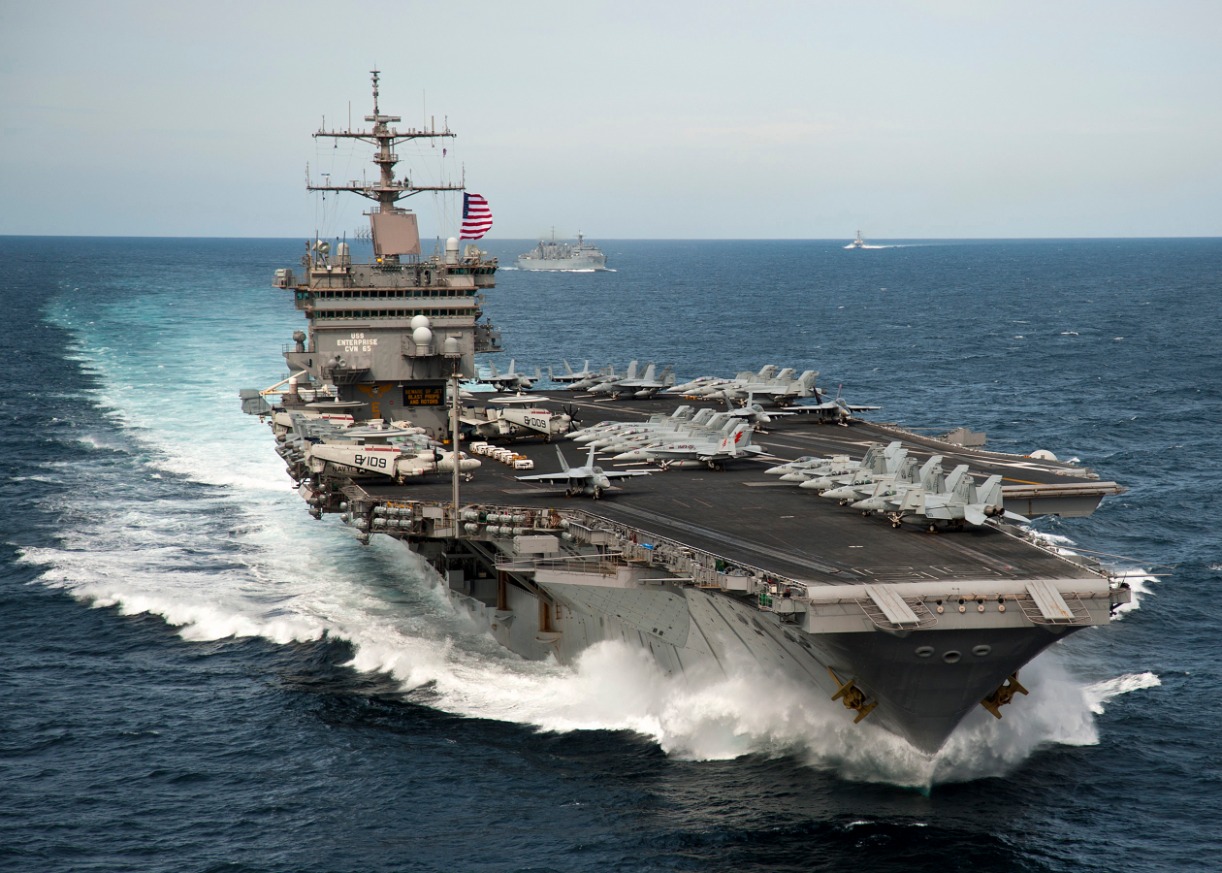
The embarked aircraft squadrons retain their corporate identity and basic organization, but each squadron also supplies specific personnel, such as ship mess cooks, stewards, and laundry, to various departments listed above. If there is one community that contributes and suffers the most after the medical employees are the fellow seafarers.
As we are heading towards the normalcy we need to acknowledge the effects of COVID 19 on the shipping industry in general and hardship on seafarers. Not just they suffer the mental baggage to work beyond […]
A life jacket is a type of personal flotation device (PFD) that any sailor, boater, or person engaging in water-based activities will know about the importance of. Not only can choose the right one help a person to ensure their safety while in the water, but it could also even save their life!
So when […] On ship, Refrigeration system is used to carry refracted cargo, food and provisions. During which the temperature of the space or its content is reduced considerably below that of the surrounding. Thus preventing possible growth of harmful bacteria, decay of perishable food, fermentation or damage to cargo.
In small ships like large commercial fishing vessels, […] A dinghy is an excellent solution for you to get ashore or explore creeks when cruising. Whether you own a large boat, yacht or even a ship;
having these small boat compliment well with your sailing experience. You can use them for short sailing, fishing, rescue operation, getting ashore or solo adventure like water sports. […] The Maintenance Management Department is responsible for the scheduling and coordination for all off-ship maintenance (i.e.,
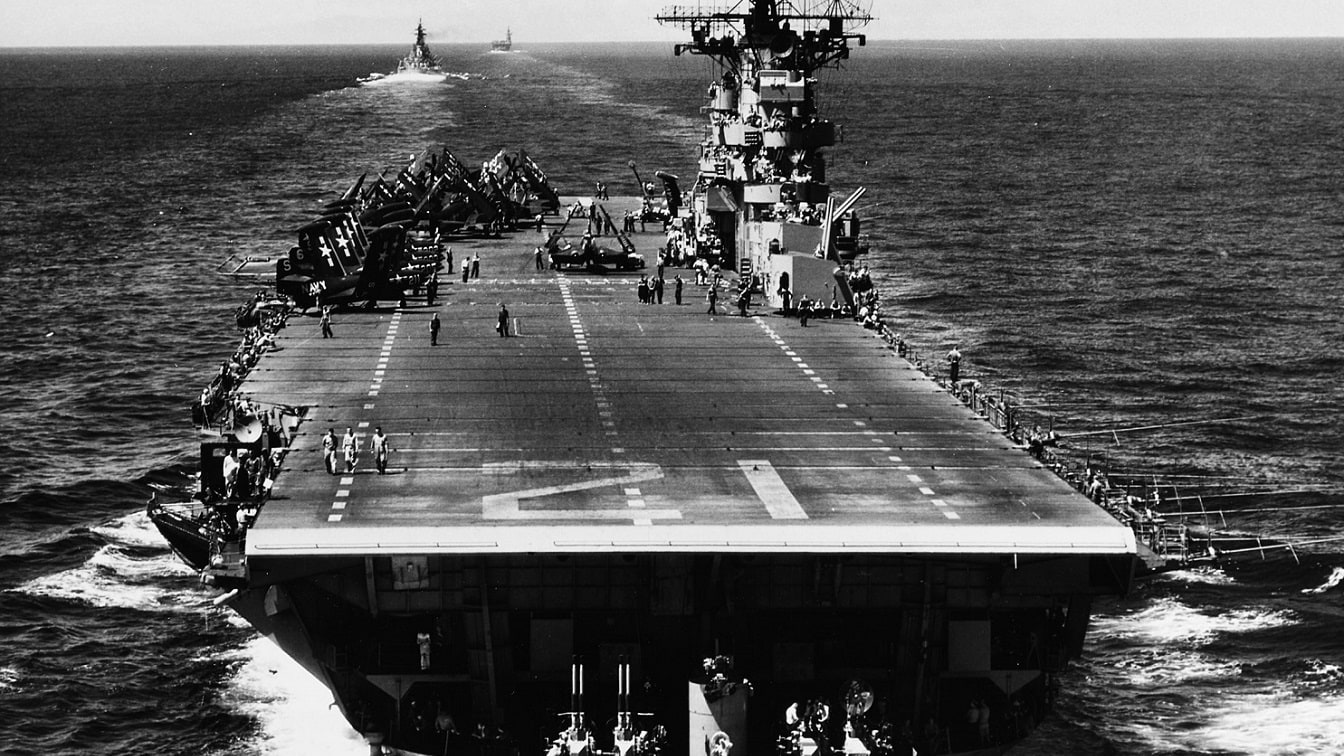
repairs at shipyards or dry docks) and planned organic maintenance ship-wide. The Medical Department is responsible for maintaining the health of the crew, the treatment of sick and injured ship's personnel, disease prevention and the promotion of good health ship-wide.
The head of this department must be an officer of the Navy Medical Corps (MC). Also, the Medical Officer also advises the ship’s CO on ship’s hygiene and sanitation conditions. Smaller ships may not have an embarked Medical Officer in which case Hospital Corps
personnel run the department under the administrative auspices of the Operations Department (see below). The Safety Department is responsible for ongoing training and education programs, equipment dangers, procedural hazards, and accident prevention. It is found only on aircraft carriers.
As mentioned earlier, a ship can be an extremely dangerous place to work (see Module 1). While onboard, constantly be of maintaining posted safety regulations and procedures. The Deck Department is charged with the most traditional of nautical responsibilities.
Enlisted Boatswain's Mates (BM) maintain the exterior of the ship's surfaces, anchor and moor the ship, man the rescue and assistance lifeboats, and monitor replenishment. The BMs' most prevalent (and audible) duty is the "piping away" of different events over the
ship's intercom. This department is headed by the ship's First Lieutenant (a job title, not to be confused with the Army, Air Force or Marine Corps rank of O-2). The enlisted navigation Quarter Masters (QMs) and the ship's navigator brief the Commanding Officer and the
Officer-of-the Deck (OOD) on the position of the ship, the direction of travel and the safest sea lanes to traverse. Computations are made using celestial navigation, electronic machinery and visual reports. The Navigation Department is also responsible for executing
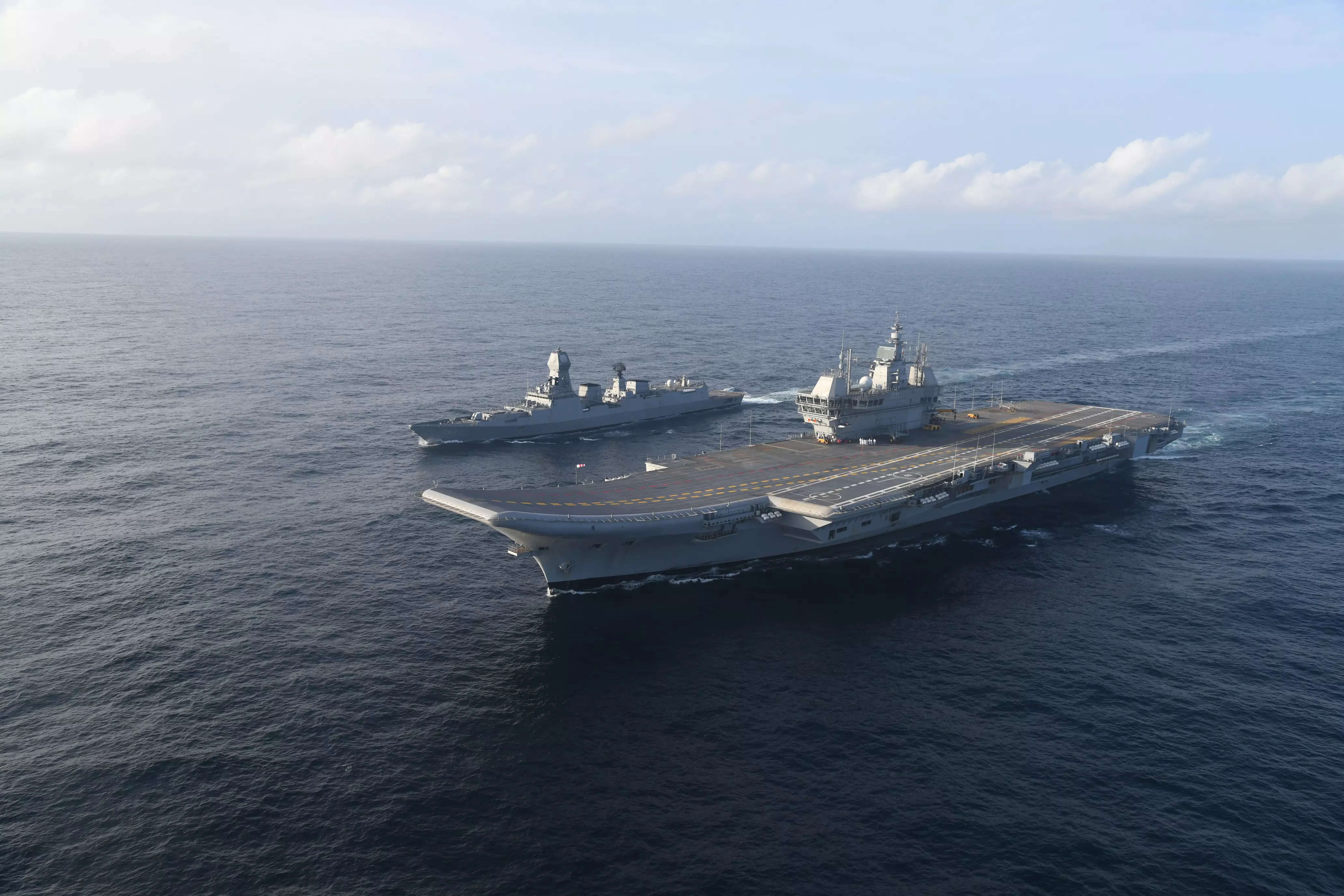
all military traditions, customs and honors onboard ship. The Training Department is responsible for the continued coordination of enlisted advancement exams, reenlistments and coordination of special schools. Training also handles general damage control and 3M training.
The Flight Surgeon provides medical care for the officers and men of the air wing. He is tasked with keeping the CAG informed of particular medical problems affecting the air wing. Refrigerants like R11, R410A, R1234ze, R717 are used in various refrigeration systems on board ship for chilling, freezing, air conditioning, provisional cooling and to maintain temperature inside a hold.
According to IMO 2014 report more than 90% of all merchant fleet use HCFC/HFC as their primary refrigerant. About 1-2% still use CFC like R11 or […] The Air wing Intelligence Officer is responsible for the collection, preparation, and distribution of intelligence material
needed by the CAG to plan and execute operations with air assets. He also directs and supervises the Mission Planning (MP) work center of CVIC. This individual is responsible for monitoring and coordinating the maintenance of air wing assets, and administering all necessary
equipment and spare parts required by the squadrons is available. The Maintenance Officer also reports to the CAG regarding the impact on operational readiness by maintenance and material conditions in the squadrons. The Air Department gives direct
support to the embarked air wing. The Air Department is in charge of launching and landing aircraft, fueling, moving, and controlling fixed and variable wing aircraft. It is also responsible for the routine handling of aircraft on the flight deck and in the hangar
bays. Note: Smaller vessels with embarked helicopter detachments should have some flavor of an Air Department, although it may be very small. The Engineering Department maintains the ship's power plants providing steam for propulsion and aircraft launch catapults.

It also provides all life support systems, fresh water, heating, air conditioning, ventilation, hot water, electrical power, telephone service, and maintain the ship's sewage system. The ship's Chief Engineer, or "Cheng", heads this department. Responsible for the responsible
training, operations, and readiness of all air wing squadrons. The Operations Officer standardize operational procedures between squadrons, coordinates and develop operational contingency plans, and supervises the execution of those plans. The primary duty of the Deputy CAG is
to assist the CAG, acting in effect as his executive officer. The Chief of Staff will ensure the activities and functions of the CAG staff adhere to the desires of the CAG. The Supply Department is responsible
for feeding and paying the ship's crew, including the running of ship's wardroom(s) and messing spaces. This department holds responsibility for the laundry and dry cleaning services, stores, barbershops, and recreation services. This department also stocks parts spare for underway ship and/or aircraft repairs.
Heading this department is the ship's Supply Officer, or "Suppo," a member of the Navy Supply Corps (SC). The Supply Officer may have assistants for disbursing, food service, ship's store, or wardroom mess. The Commanding Officer of an aircraft
carrier must satisfy two requirements: He must be an unrestricted line officer (which enables him to command at sea) and he must be a naval aviator. He is always the rank of Captain (O-6). Through his XO (who in most cases is also a Captain), the CO runs the ship via its various
departments. The Communications Department sends and receive messages to and from other ships, aircraft and shore facilities via various sophisticated electronic equipment. Such equipment includes computers, satellites, cryptographic devices, and high power transmitters and receivers. Search And Rescue Transponder or SART in short is an integral part of ships GMDSS ( Global Maritime Distress and Safety System ) requirement under SOLAS after EPIRB.
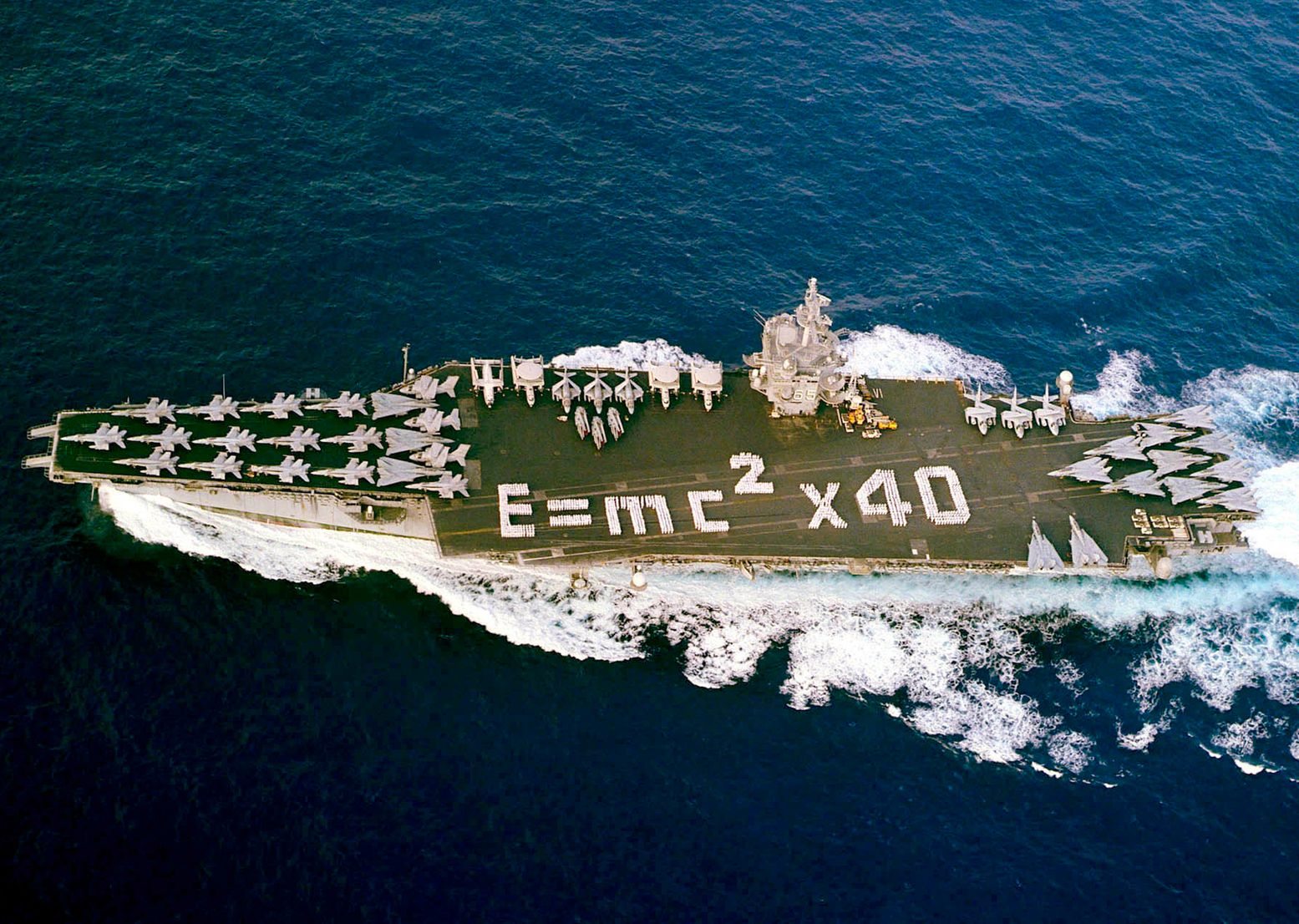
A search and rescue transponder is a self-contained, waterproof transponder that when actuated during emergency reacts to the emission of a radar to send its current location. […] Onboard the carrier, the Chaplain Department is dedicated to promoting the spiritual, religious and personal morale of
embarked military personnel. The Chaplain Corps extends this mission to all military personnel and their dependents. The Chaplain Department also coordinates all personal emergency communications from the American Red Cross, provides pastoral care and counseling, and directs operation of the ship's library.
Smaller vessels may not have their own chaplain, especially if they are deployed with a CVBG. Print these cases, a chaplain will fly from the carrier via helicopter to conduct services. Responsible for USW operations conducted by air wing assets.
The USW Operations officer provides advice on the operational employment and training of the air wing USW squadrons. This site is owned by Amit Abhishek and is operated by Amit Abhishek and Arpit Singh. Shipfever.com is a participant in the Amazon Services LLC Associates Program, an affiliate advertising program designed to provide a means for sites to earn advertising fees by advertising and linking to Amazon.com.
Navy warships will of course vary in size and function. Most however, have similar organizational structures. For purposes of instruction, we will examine the organizational structure of the modern aircraft carrier as the largest expression of ship
administration. Keep in mind that individual ships will incorporate different organizational structures. The Dental Department provides dental care, encompassing simple comprehensive care through emergency services for all embarked personnel. Note: Only large ships, such as carriers and
amphibious warfare ships, have embarked Dental Departments. This department, along with Medical and Supply, are known as support departments. When fully manned, an aircraft carrier is home to as many as 5,000 personnel—the size of a small city.
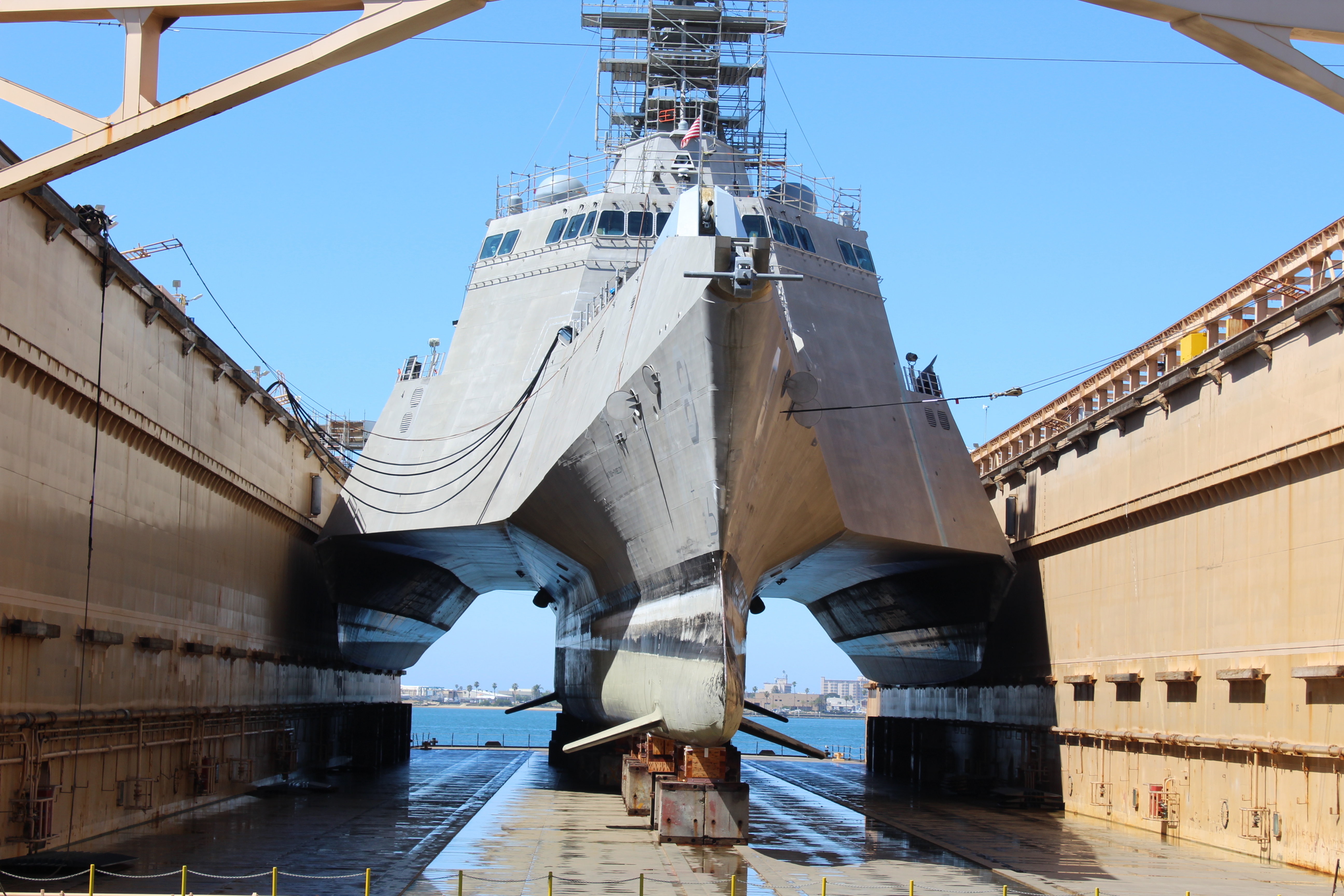
Thinking of a carrier as a city is a useful way to understand its organization. At the top and compare to a city's mayor is the ship's Commanding Officer (CO), who is ultimately responsible for the entire ship and the accomplishment of its assigned mission.
Next in line and acting as city manager is the Executive Officer (XO). From the XO on down, the ship's individual functions are handled by the ship's company via different departments. These departments are in turn divided into divisions, each specialized in an area of the ship's operation and
mission. Advises the CAG on loading, handling, and expenditure of the weapons employed by the air wing. This individual will assist the squadrons in all matters relating to weapons handling and employment. The Administrative Department is
responsible for maintaining all administrative data and paperwork necessary for the ship to function properly. These functions include data processing, as well as recreational, police, and postal services. This department is also responsible for operation of the
ship's Public Affairs Office as well as the onboard television and radio stations. This department typically handles personnel records, including visiting Naval Reserve personnel (see Module 1). Two LSOs are normally assigned to the air wing.
They coordinate with pilots to improve recovery (i.e., landing) operations and safety awareness. The CAG is directly responsible for the operational readiness and tactical performance of the air wing. He is responsible for the coordination and supervision of all activities of the embarked squadrons and detachments, and for the
material readiness, communications, and intelligence functions of the air wing. The CAG does not fall directly under the carrier's commanding officer. Rather, he is a co-commanding officer. Both the carrier CO and CAG report to the composite
warfare commander under the CWC concept discussed earlier. The Weapons Department maintains and operate the ship's various weapons systems. Personnel of the Weapons Department also assemble, test and maintain bombs, missiles, torpedoes and small weapons ammunition.
On smaller ships, this department might fall under the administrative auspices of the Deck Department (see above).

